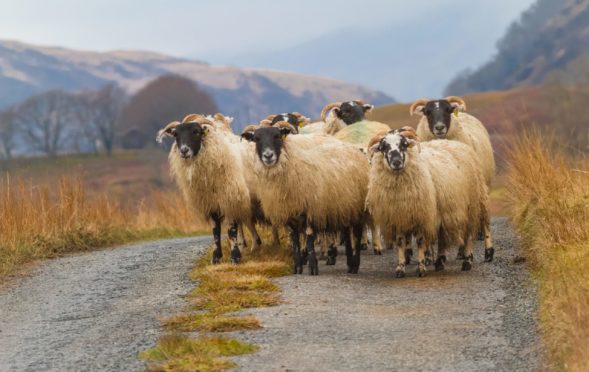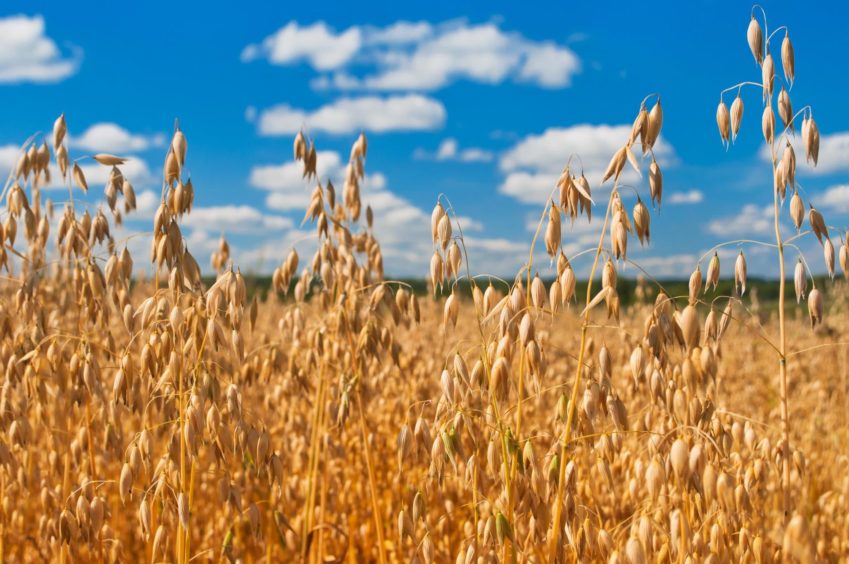In my last column I wrote about the many groups that were set up over the last few years to advise Scottish Government on the way forward for Scottish agriculture.
The long-awaited 10th and final report of the Farming and Food Production Future Policy Group (FFPFPG) – Recommendations to Government – was the most interesting and comprehensive in that it took evidence from a wide range of sources including other Scottish advisory groups, European bodies, stakeholders and so on.
The thing that also makes it particularly thought-provoking is that the members of the group couldn’t agree on the recommendations, apparently.
This in itself is a valuable outcome as it shows that this is a very contested field and that there will always be ‘winners and losers’ as Scottish Government puts it.
But given that the report gives evidence from various studies that show the Common Agricultural Policy (Cap) regime did not work well – for less-favoured areas, climate change mitigation or biodiversity – it is clearly time to change tack, to take a more holistic approach, not simply providing income support.
Crofting, a ‘land-based culture’, is about producing food, fibre and fuel and it provides a lot more to Scottish rural development.
As Mark Shucksmith says in his introduction to the Committee of Inquiry on Crofting Final Report: “Scotland requires a well-populated countryside which sustains a diverse and innovative economy, attracts visitors, cares for natural habitats, biodiversity and carbon stocks, and sustains distinctive cultures.
“Crofting has had success in relation to these objectives, and – given the right support – has the potential to contribute much more.”
The Scottish Government intends to set up an implementation board for future policy with representation from all sectors, so in preparation the Scottish Crofting Federation (SCF) has laid out some broad principles which we think should steer the direction of travel.
Firstly, the budget for agriculture (and rural development) should increase, or at least not decrease and must keep up with inflation. Public funds have to be used more prudently than under the Cap, and they must be targeted, with measureable, policy-driven outcomes.
Secondly, high quality food production must be at the heart of the system with local food supply and sustainable food production, including horticulture. Is subsidised food a government objective?
Third, we want payments to include a mix of direct, area-based payments and targeted payments with defined outcomes.
SCF also wants direct payments to be conditional on active land management contributing to specific policy objectives – which include mitigation of climate change, promotion of biodiversity, population retention and thriving local economies. These are ‘public goods’ that are not rewarded in the market.
The definition of active should not be based on land quality and ‘income forgone’ i.e. paying higher rates for better land. There are units providing a range of public goods that can only stock at very low rates.
SCF also proposes two payment regions for direct payments – arable and grazing. This is what stakeholders wanted in the Scottish Government consultation in 2013 and can be re-tested. Direct payments should be capped at a maximum – we have in the past agreed with the suggestion of £150,000.
In addition, SCF believes targeted payments should be an optional addition as an incentive to achieve specific outcomes – e.g. increasing biodiversity, carbon sequestration, decreasing emissions.
Grazing management, peatland restoration and maintenance and appropriate tree planting will feature particularly. These schemes will be easy to access and front-loaded (degressive) to encourage smaller units and have measures specifically tailored for common grazings.
SCF wants LFASS to be replaced by a system which offsets natural constraints (based on EU Areas of Natural Constraint). These areas will be defined by reference to Scottish land only (i.e. ANCs will be measured relative to other land in Scotland), so will cover a minority of the country.
Lastly, the Crofting Agricultural Grant Scheme and the Croft House Grant Scheme have been shown to be very effective and cost-efficient. There should be a loan or advance-payment available to help those with limited access to capital (who the schemes are intended for).
Crofting is already diverse and has strong eco-credentials, but it can do more. Crofters have always had to adapt to survive but any new agriculture/development system will need to be underpinned with individualised advice, technical support and training to drive the change in practices.
Given the huge amount of time, energy and cost put into the shed-loads of advisory reports that have been prepared for government, it is now time to put it together and get it right.
As Professor Shucksmith said – given the right support, crofting has the potential to contribute much more.
- Patrick Krause is chief executive of the Scottish Crofting Federation.


